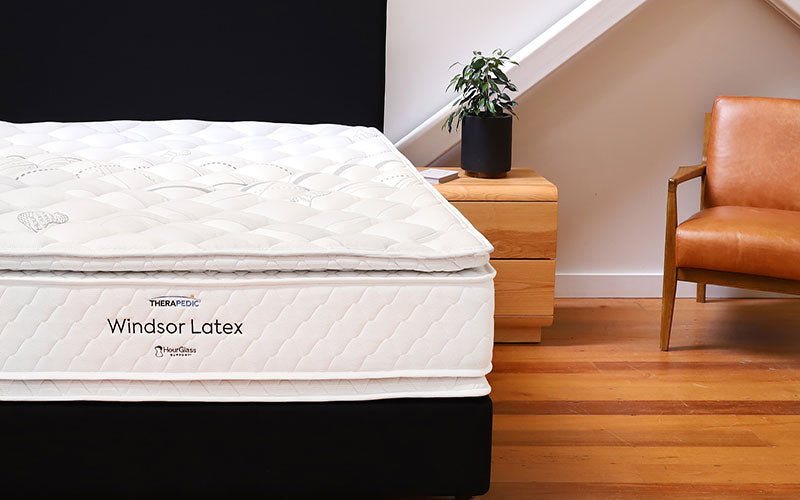Did you know that more than 35% of Kiwis aren’t getting enough sleep? This increases our risk of high blood pressure, weight gain and other chronic health issues. Even if you are getting the recommended 7 – 9 hours, the way you sleep could impact your health in various of ways.
Everyone has a preferred sleep position, but poor sleeping posture can lead to back and neck pain, circulatory issues, and premature ageing. So it all comes down to the question: which are the best and worst sleeping positions for your health?
Side Sleepers
PROS: Helps prevent neck and back pain, reduces acid reflux, reduces snoring and is a great position for pregnancy.
CONS: Causes premature skin ageing.
Whether you lie straight on one side or curl up into fetal position, this position is the most popular. Generally speaking, this position is great for your health; it reduces snoring and keeps your spine elongated. This position can also open up your airways and increase blood circulation.
Being a side sleeper can, however, cause premature ageing, since having one side of your face on the pillow can cause you to get wrinkles.
Back Sleepers
PROS: Helps prevent neck and back pain, reduces acid reflux, minimises skin ageing.
CONS: Increases snoring.
Another popular sleeping position is on one’s back. This position is generally held to be the best for your health. Sleeping on your back elongates the spine, aligning it and keeping it in a neutral position. It’s also great for fighting acid reflux, because if your head is elevated, your stomach is below your oesophagus. It’s also great for preventing wrinkles, because there’s nothing pushing against your face.
On the other hand, sleeping on one’s back can increase snoring and periods of breathlessness and is therefore not recommended for sufferers of sleep apnea.
Stomach Sleepers
PROS: Decreases snoring.
CONS: Increases neck and back pain and maximises skin ageing.
The least common sleeping position, sleeping on one’s stomach, is also the least recommended. Whilst sleeping on your stomach can ease snoring, it does not support the natural curve of yours spine, leading to overarching. In this position you are also sleeping with your head on one said for hours at a time, which can have long term detrimental effects on your neck, breathing and circulation.
It can also place pressure on your joints and muscles and can lead to pain, numbness and tingling.
Think you’re in the same position all night?
Think again.
While most people maintain the position they fall in for the majority of the night, most people tend to move two to four time an hour. This can add up to around 20 different tosses and turns throughout the night. So bare in mind that your sleeping position is somewhat beyond your control, and you may need to take it into consideration when buying your next bed.
Chat to one of Brownies Mattress Direct’s Sleep Experts and find the perfect bed for your sleeping position.

